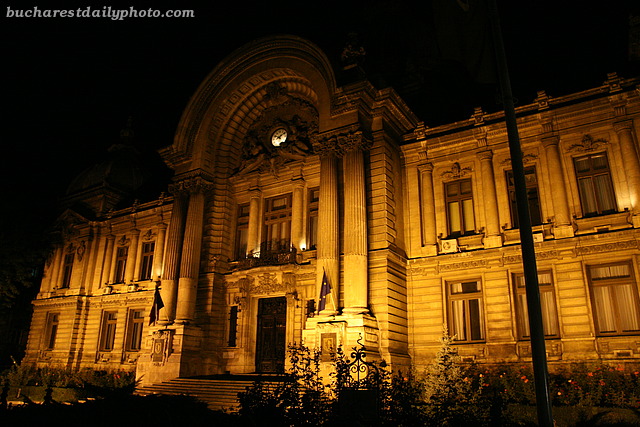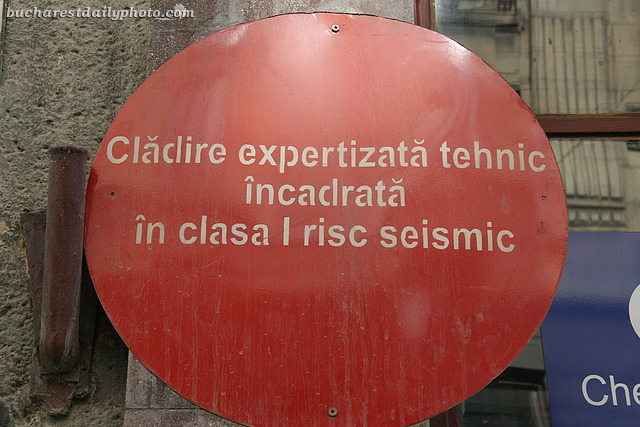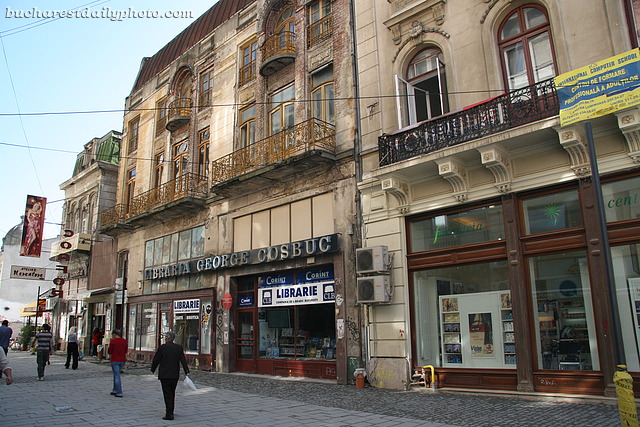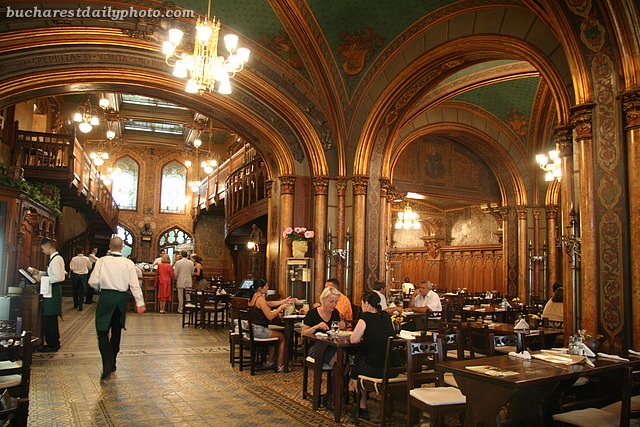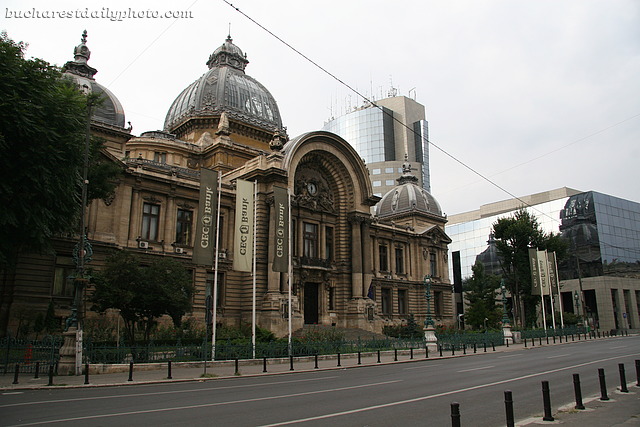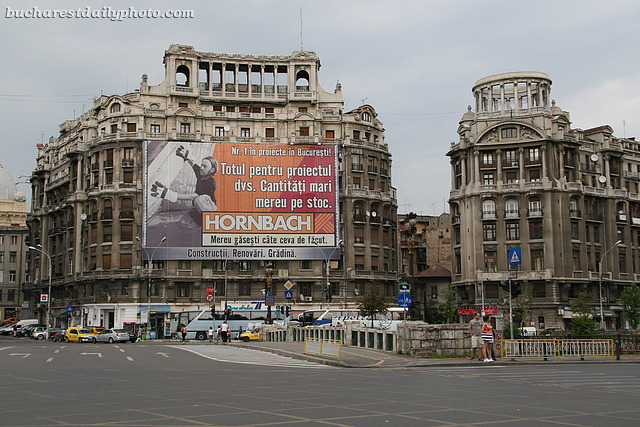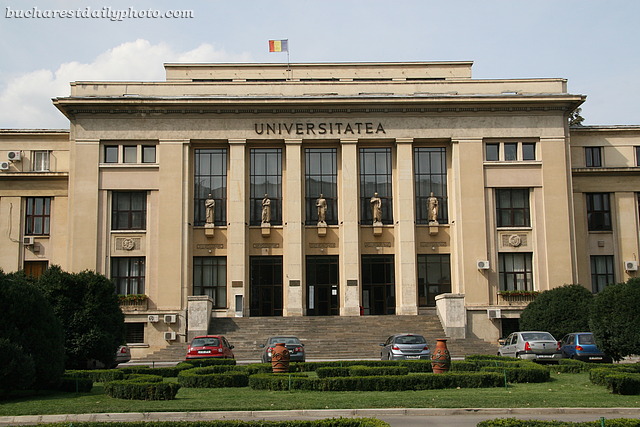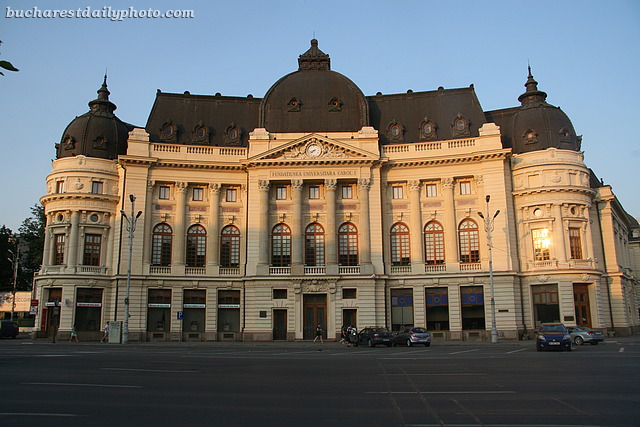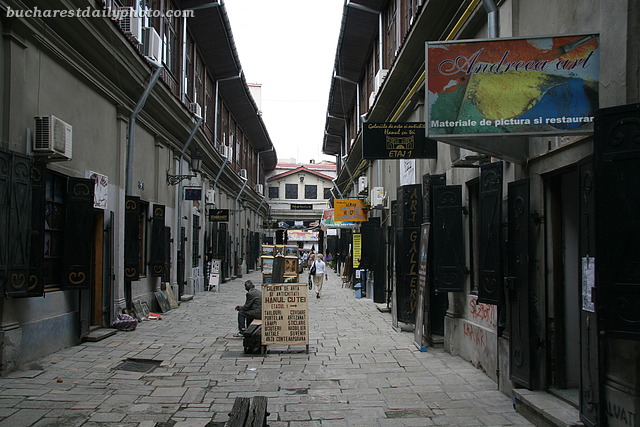Continuing the nightly stroll on Victory Road, here’s a shot of the Romanian Savings Bank, which I already introduced a few days ago with this post. Designed in eclectic style by the French architect Paul Gottereau and raised between the years 1896-1900, this was the only bank that was allowed to do business during communism when it served as the state savings bank called “CEC” (“Casa de Economii şi Consemnaţiuni” in Romanian) where people used to keep their savings. After the 1990 Revolution, when other banks were allowed to open offices in Romania, the CEC lost many of its customers. The bank was privatized and now it’s called “CEC Bank”. I’ve read in the newspaper that the building is set to become a museum but at this moment is still used as a bank.
Victory Road at night – Part 1
Victory Road at night – Part 2
Victory Road at night – Part 3
